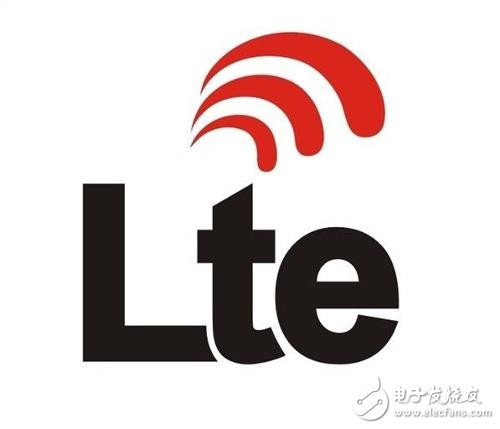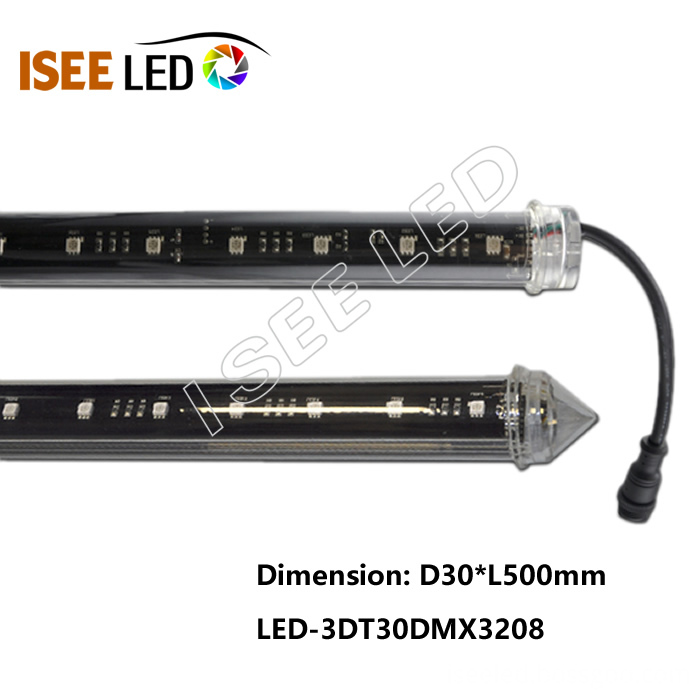On December 4, 2013, the three major operators in China obtained 4G licenses respectively, which means that the three major operators will start to operate 4G networks in a proper way, and China will enter the 4G era from 3G. After the arrival of 4G, is the pace of traditional fixed broadband network construction slowing down? Does LTE, which looks "cheap", make consumers accelerate the abandonment of fixed networks?
Relative to fixed network, wireless network has great advantages in both fast network construction and flexible user access. For example, for end users, 4G has the characteristics of fast Internet access, short delay time and lower traffic price. It has spawned more business forms such as mobile office and mobile transportation logistics. According to tests, 4G can be downloaded at 100Mbps, which is 2000 times faster than the current dial-up Internet, and the upload speed can reach 20Mbps. In a 4G network environment, downloading a 2GB HD movie takes about 5 minutes. Moreover, the user delay in use is less than 0.05 seconds, which is one quarter of the 3G delay; in the early stage of development, in order to complete the wide coverage, LTE will indeed have a greater impact on the construction of fixed broadband networks including FTTH, but from In the long run, the two are not mutually substitutes, but complementary, and the two will achieve coordinated development.

Fixed broadband, especially fiber-to-the-home (FTTH), has stable, high-rate access characteristics that are not possible with LTE.
Coordinated development
In the case that 4G has already arrived, fixed broadband access, including how FTTH develops, can the two be effectively combined to form a good situation where 1+1 is greater than 2?
Considering the geographical factors of application, FTTH will not be widely covered in the country for a long time, mainly concentrated in large and medium cities, and LTE as a mobile network must achieve full coverage as soon as possible. LTE can accommodate both indoor and outdoor mobile users. FTTH is only suitable for indoor users. According to actual statistics, 80% of data services occur indoors, and big data applications are mainly used indoors. LTE focuses on medium and low bandwidth data services and fragmented video services. FTTH focuses on video services, especially home entertainment services such as high definition and 3D video. FTTH is a monthly system, and LTE focuses on the limited flow rate system; for current and future big data, the flow rate charging method obviously cannot meet the long-term needs of users. LTE focuses on users below 2 Mbps, FTTH focuses on users of 12 Mbps or even 20 Mbps; and from cost analysis, LTE provides network operation costs higher than 2 Mbps than FTTH.
Therefore, if we can coordinate the development of the two in the above five aspects, wired and wireless will not only conflict, but will complement each other and form a strong broadband advantage. In addition, from the current actual business application situation, the two can coexist harmoniously and develop together. The LTE network can theoretically provide more than 100M access rate, which is 5 times higher than that of 3G. From the perspective of bandwidth, the access rate of FTTH has been reached, but it is necessary to be clear that the 100M bandwidth belongs to shared bandwidth. There will be many people sharing.
Mutual complement
The speed of wireless is actually dynamic, and it will never reach a fixed rate. The experience of many services in the future may not be met on the wireless, and must be supplemented by wired.
Many large-bandwidth applications that have emerged or will emerge in the next 3-5 years, such as high-definition video, online education, telemedicine, etc., require fixed broadband to meet their stable and high-speed requirements. Wireless networks cannot meet this requirement. This is why all countries in the world have built fiber-optic fixed broadband as the most important infrastructure.
With the innovation of mobile Internet applications and the popularity of smart terminals, the demand for mobile Internet services is increasing, so that wireless resources can not keep up, wireless spectrum resources and wireless technology advancement can not meet the business needs. In the last two years, the application of wireless broadband technology has accelerated, and LTE has become the fastest technology for mobile communication promotion. This is the reason.
Nowadays, users often use Wi-Fi to clear traffic, but Wi-Fi will eventually divert traffic to fixed broadband. Therefore, wireless mobile Internet traffic, in addition to wireless technology transmission, requires a strong fixed network support; In addition, LTE is subject to its own high-bandwidth bottleneck, and the transmission distance cannot be too far. Therefore, it is necessary to increase the base station to achieve high-quality data bearer. However, the public concerns about the radiation problem caused by the base station and the problem of base station location are operational. The problem that has to be faced in the deployment of commercial base stations. The micro base station can solve the above problems. At present, mainstream equipment vendors including Huawei, ZTE, and Bonfire have developed CBU products for carrying micro base stations. The performance of the products meets the clock time synchronization, delay, and protection requirements required by the micro base stations. . On the one hand, the fixed broadband network satisfies the needs of pure indoor users, and also effectively splits the mobile data service, effectively reducing the overall network construction cost of LTE.
Fixed broadband development and LTE development are not contradictory, and they are complementary. From the perspective of global LTE promotion, the three countries with the best progress are the United States, Japan and South Korea, while Japan, the United States and South Korea are also the best countries for the development of fixed-fiber broadband in the world.
Through the above analysis, it can be seen that fixed broadband, especially FTTH and LTE, complement each other. Operators can reasonably arrange the development process of the two in different application scenarios, and will maximize the characteristics and advantages of these two technologies. Thereby forming a seamless broadband network; at the same time, further optimizing the original 3G+ broadband on the tariff package, combining various OTT applications to form a 4G+ broadband preferential package with higher bandwidth and higher quality and more attractive to end users, fixed network Broadband will play an increasingly important role.
Diameter 20mm DMX 3D Tube we have different length 0.5m, 1m, 1.5m and 2m , led on double sides with 360degree beam angle for disco,bar,nightclub decoration. the DMX 3D Tube work with DMX Artnet Controller and Madrix software, the LED 3D tube can achieve 3D effects, like 3d illusion lamp, with Madrix software, the 3D LED Tube can music makes lights.
Diameter 30mm DMX 3D Tube, it also named Led Meteor Lights and Led Video Light, led on double sides with 360degree beam angle for disco, bar, nightclub decoration. With Madrix software, the DMX 3D Tube can show rain effects lights.
Diameter 50mm DMX 3D Tube for 3D Deco Light and concert light, the DMX 3D Tube work with DMX Artnet controller and Madrix software, the tube can achieve 3D effets.
Photo show of DMX 3D Tube:


Dmx 3D Led Tube Light,3D Led Tube,Led Meteor Lights,3D Deco Light
Shenzhen Iseeled Technology Co., Ltd. , https://www.iseeledlight.com
